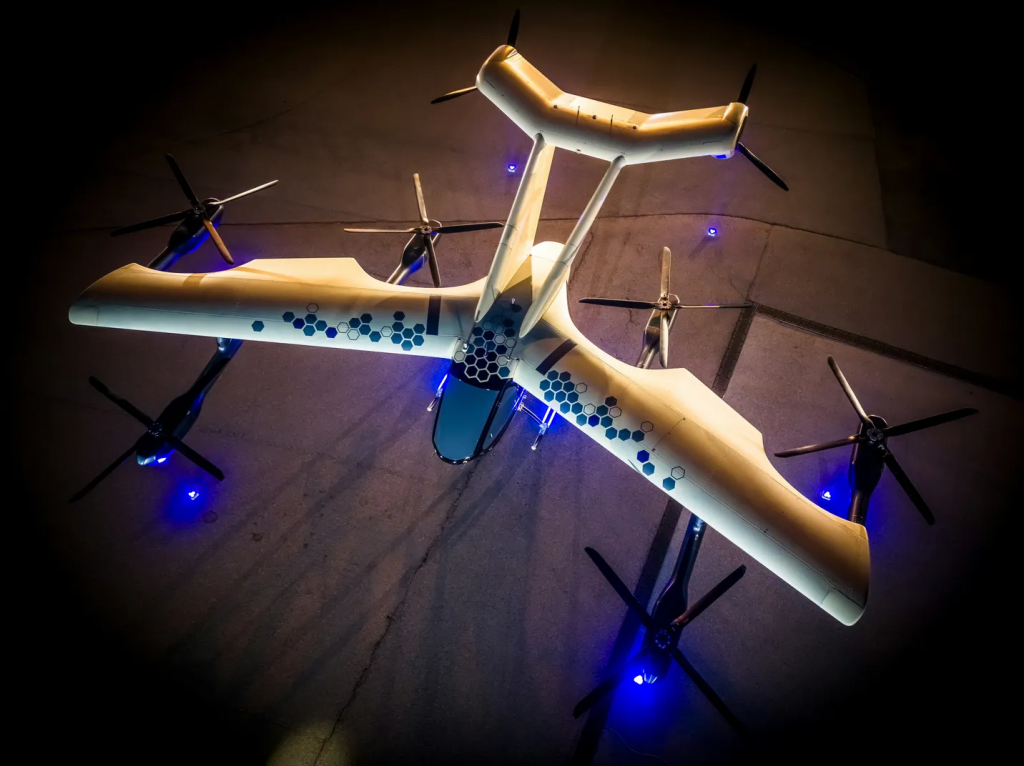Free Courses Sale ends Soon, Get It Now


Free Courses Sale ends Soon, Get It Now



Source: DownToEarth
Disclaimer: Copyright infringement not intended.
Context
Details
About eVTOL (Electric Vertical Takeoff and Landing) Aircraft
Key Components of eVTOL Aircraft
Types of eVTOL Aircraft
Applications of eVTOL Aircraft
Potential Benefits of eVTOL
Challenges and Concerns of eVTOL
Global Developments
Sources:
|
PRACTICE QUESTION Q. eVTOLs can offer significant benefits in terms of efficiency, environmental sustainability, and emergency response capabilities. However, addressing the associated challenge is crucial to ensuring that eVTOLs become a boon rather than a bane. Discuss. (250 Words) |
© 2024 iasgyan. All right reserved